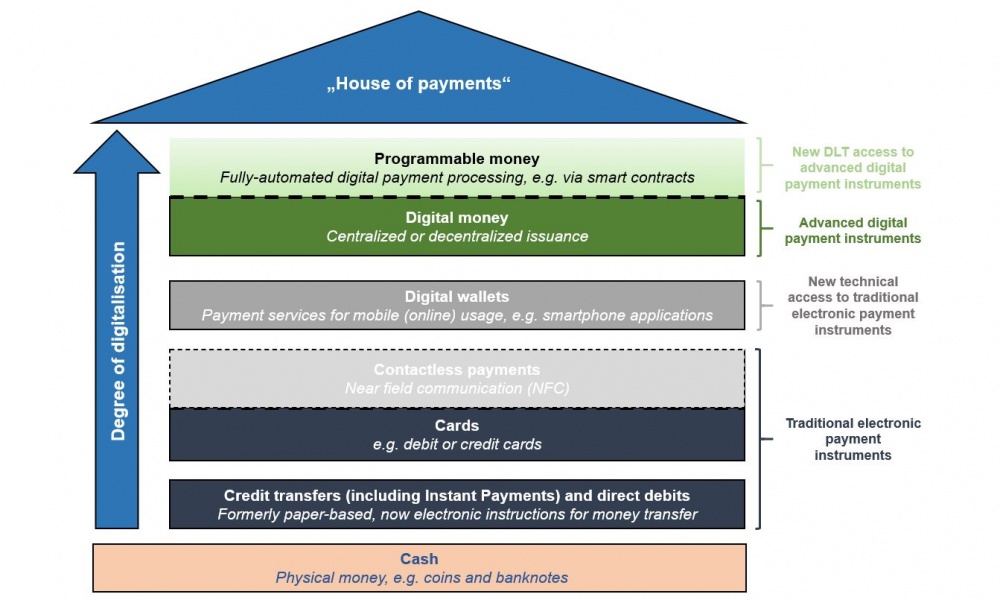Burkhard Balz has served on the Executive Board of the Deutsche Bundesbank since September 2018 and is responsible for the Directorate General Payments and Settlement Systems and the Directorate General Economic Education, University and International Central Bank Dialogue. He is a member of the Eurosystem High-Level Task Force on central bank digital currency. Mr Balz is also a Member of the Committee on Payments and Market Infrastructures of the Bank for International Settlements. From 2009 to 2018, Mr Balz, who is a law graduate and trained bank clerk, was a Member of the European Parliament, where he sat on the Committee on Economic and Monetary Affairs and served as the financial policy spokesman of the European People’s Party (EPP) between 2014 and 2018. In his role as European Parliament rapporteur, Mr Balz presented reports on Latvia’s accession to the euro area, the Solvency II Directive, and regulations pertaining to the European Supervisory Authorities. Before joining the European Parliament, Mr Balz headed the department for institutional clients at Commerzbank AG.




